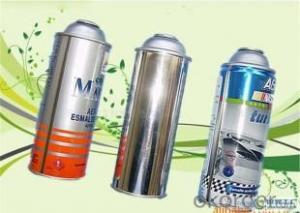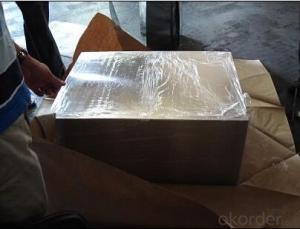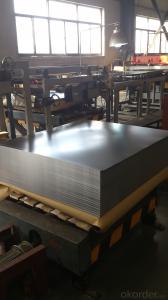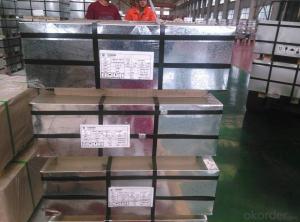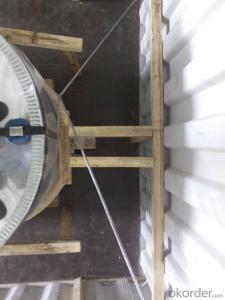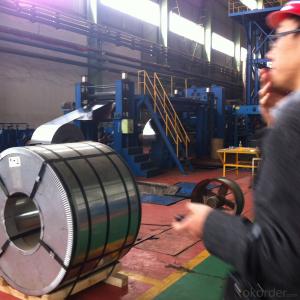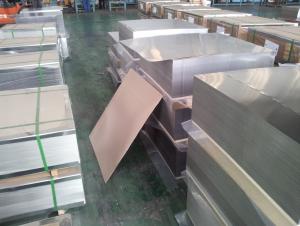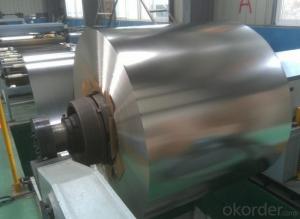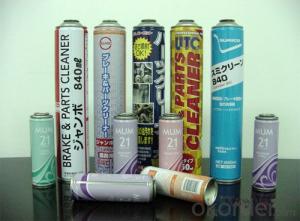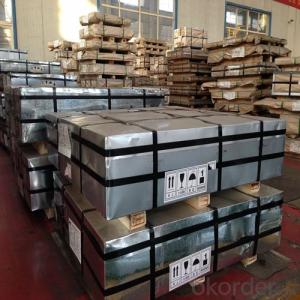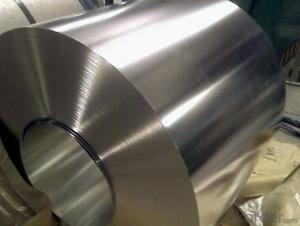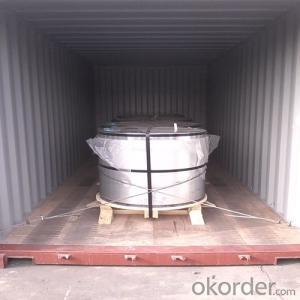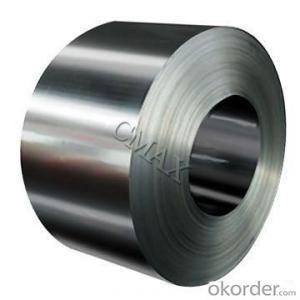All Categories
- - Steel Wire Rod
- - Steel Coils
- - Steel Profiles
- - Steel Pipes
- - Stainless Steel
- - Tinplate
- - Special Steel
- - Steel Sheets
- - Steel Rebars
- - Steel Strips
- - Hot Rolled Steel
- - Cold Rolled Steel
- - Pre-painted Steel
- - Seamless Steel Pipe
- - Welded Steel Pipe
- - Hollow Steel Tubes
- - Galvanized Pipe
- - Stainless Steel Coil
- - Stainless Steel Sheet
- - Stainless Steel Plate
- - Stainless Steel Strips
- - Electrolytic Tinplate Coil
- - Electrolytic Tinplate Sheet
- - Stainless Steel Rebars
- - Solar Panels
- - Solar Water Heater
- - Solar Related Products
- - Solar Inverter
- - Solar Cells
- - Solar Light
- - Solar Energy Systems
- - Solar Controllers
- - Solar Mounting System
- - Solar Pump
- - Solar Chargers
- - Fiberglass Chopped Strand
- - Fiberglass Mesh Cloth
- - Composite Pipes
- - FRP Pultrusion Profiles
- - Fiberglass Mat Tissue
- - Fiberglass Fabrics
- - Fiberglass Mesh
- - Composite Tank
- - Fiberglass Mesh tape
- - Polymer
- - FRP Roofing Panel
- - Fiberglass Roving
- - Monolithic Refractories
- - Ceramic Fiber Products
- - Refractory Bricks
- - Raw Materials For Refractory
- - Suspended Platform
- - Cranes
- - Concrete Machinery
- - Earthmoving Machinery
- - Building Hoist
- - Road Building Machinery
- - Plastic Pipe Fittings
- - Plastic Tubes
- - Plastic Sheets
- - Agricultural Plastic Products
- - Plastic Nets
 All Categories
All Categories
Q & A
How is tinplate manufactured?
Tinplate is manufactured by coating thin sheets of steel with a layer of tin through a process called electroplating. The steel sheets are cleaned, then dipped in a bath of molten tin while an electric current is passed through them. This electrolytic coating process ensures a uniform and corrosion-resistant layer of tin on the steel, resulting in the production of tinplate.
Can tinplate be effectively employed in the creation of customizable and branded promotional signage and advertising materials?
Yes, tinplate can be effectively employed in the creation of customizable and branded promotional signage and advertising materials. Tinplate offers a durable and versatile material that can be easily shaped, printed on, and customized to suit specific branding requirements. Its resistance to corrosion and ability to maintain vibrant colors make it a suitable choice for long-lasting and eye-catching promotional materials. Additionally, tinplate's eco-friendly nature adds to its appeal as a sustainable option for businesses looking to create impactful and branded advertising materials.
What are the advancements in tinplate coatings for extended product shelf life?
Tinplate coatings have seen significant advancements in recent years to ensure extended product shelf life. These advancements include the development of improved corrosion-resistant coatings, such as organic coatings and lacquers, which provide a barrier against moisture and oxygen, preventing the formation of rust and extending the shelf life of products. Additionally, advancements in tinplate coatings have led to the introduction of sterilizable coatings that can withstand high-temperature processing, making them suitable for products that require sterilization. These advancements in tinplate coatings play a crucial role in preserving the quality and safety of packaged goods, ultimately enhancing their shelf life.
How is tinplate recycled in developing countries?
In developing countries, tinplate recycling is often carried out through informal processes. Small-scale recycling units collect tinplate waste from various sources, such as households, industries, and scrapyards. The collected tinplate is then manually sorted, cleaned, and separated from other materials. It is typically crushed or shredded into smaller pieces and melted in small furnaces or kilns to remove any impurities. The molten tinplate is then cast into molds to create new tinplate products or sold to manufacturers. While the recycling methods in developing countries may be less advanced compared to developed nations, they still contribute to reducing waste and conserving resources.
Wholesale Tinplate from supplier in Mauritania
We are a Tinplate supplier serving the Mauritania, mainly engaged in the sale, quotation, and technical support services of various Tinplate products in the Mauritania region. We are a subsidiary platform of the Fortune Global 500 company CNBM, able to provide you with one-stop Tinplate procurement services in the Mauritania. Not only do we have a wide range of Tinplate products, but after years of market development in the Mauritania, we can also provide valuable experience for your projects.
